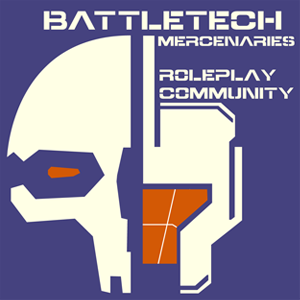Inner Sphere (sourcebook)
Sarna News

- HEXTECH Review - Wave 3 Brings More Urban Options To Your Battlefield
- Your BattleTech News Round-Up For March, 2024
- Crashing 'Mechs With Jennifer Brozek, Author Of The Rogue Academy Trilogy
- Getting The Word Out With Rem Alternis, Catalyst Community & Marketing Director
- Bad 'Mechs - Yeoman
- Read more →
- This article is about the sourcebook. For other uses, see Inner Sphere (disambiguation).

| |
| Inner Sphere | |
|---|---|
| Product information | |
| Type | Sourcebook |
| Development | Randall N. Bills |
| Primary writing | Diane Piron-Gelman |
| Pages | 127 |
| Cover Artwork | Chris Moeller |
| Illustrations | Storn Cook Des Hanley Matthew Plog |
| Publication information | |
| Publisher | FASA |
| Product code | 1724 |
| First published | 2000 |
| ISBN-10 | 1555604560 |
| Content | |
| Era | Clan Invasion era Civil War era |
| Universe Date | 18 July 3063 |
Description[edit]
The companion to The Clans: Warriors Of Kerensky, Inner Sphere examines the culture and history of the major factions that reside in the Inner Sphere and the near Periphery. Each sections features an in-character introduction from a member of the faction, a map of the nation or region, followed by a historical synopsis, and a short discussion of the faction's culture and society. The book closes with a section on the capital world of each major faction.
From the back cover[edit]
| “ | For millennia humanity has traveled the stars, building empires that span hundreds of light-years. Those empires are home to a myriad of complex civilizations. This sourcebook takes an in-depth look at the cultures and societies of the powers of the BattleTech universe. Take a candid look at what life is like in the Inner Sphere, whether you're a Capellan who just gained citizenship or a Federated Suns student attempting to gain entrance to the prestigious New Avalon Institute of Science.
The Inner Sphere sourcebook provides information on the five great Houses—Kurita, Davion, Liao, Marik, Steiner—as well as the lesser powers of the Periphery. The Inner Sphere also offers general histories of each society, comprehensive maps and a section detailing ten key worlds of the Inner Sphere. |
” |
Contents[edit]
- Introduction - Anastasius Focht, Tukayyid 18 July 3063
- Inner Sphere Identity - Anastasius Focht
- A Brief History of the Inner Sphere - Anastasius Focht
- Draconis Combine - Chandrasekhar Kurita
- Federated Suns - Anastasia Marcus, Professor Emeritus of Federated Suns History, University of Saso, New Syrtis
- Capellan Confederation - Duchess Kuan-Yin Allard-Liao
- Free Worlds League - Colonel Corinne Marik, Commanding Officer, Second Free Worlds Legionnaires
- Lyran Alliance - Misha Auburn Royal Court (Lyran) Historian
- Free Rasalhague Republic - Star Colonel Ragnar Magnusson Alpha Galaxy, Clan Ghost Bear
- ComStar and Word of Blake - Anastasius Focht
- The Frontiers
- The Periphery - Naomi Centrella Canopian Military Coordinator
- Chaos March - Pierre Benton, Duke of Epsilon Eridani
- Key Worlds
Notes[edit]
The cover of this publication was created in-universe in Means to an End. The characters are, from left to right, Rachel Barr, Chu-iKasawa Cho, Milton Rathburn, Diem Khamen Tvetska, and Lady Juliana Carsters. It was taken at the Second Whitting Conference by a man posing as Daniel Torrent, shortly before his death.

